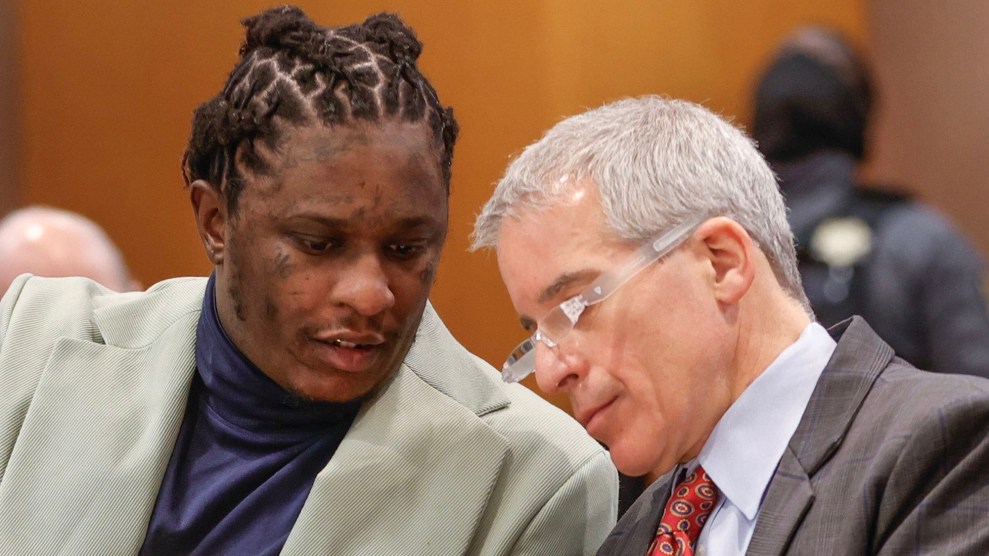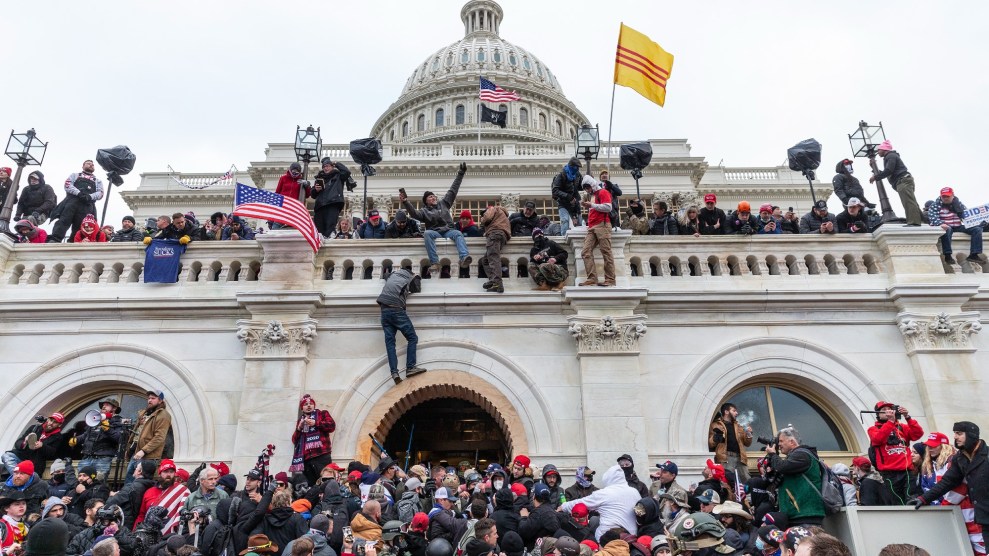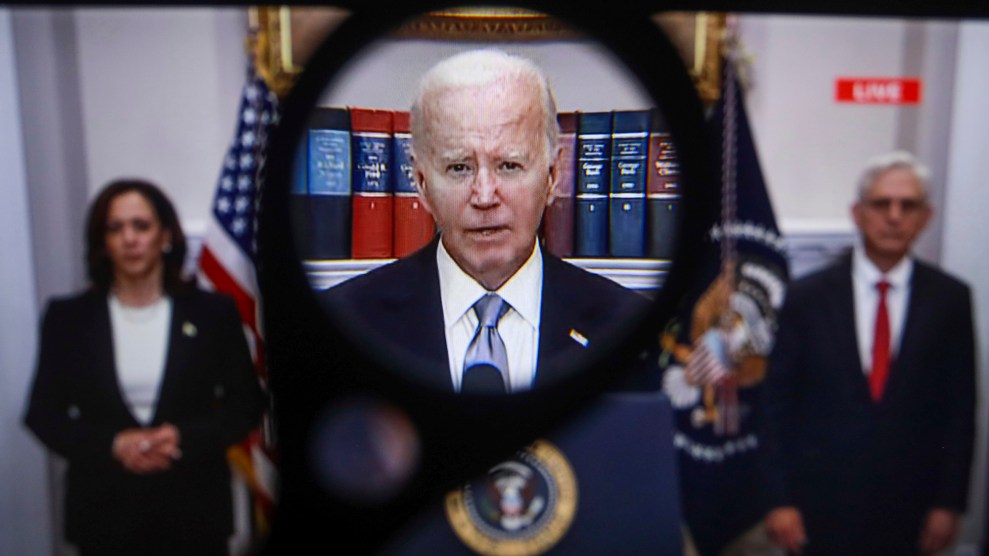“Forgive me,’’ director Charles Ferguson said in receiving an Academy Award for his documentary Inside Job, “I must start by pointing out that three years after a horrific financial crisis caused by fraud, not a single financial executive has gone to jail — and that’s wrong.”
In New York, Tuesday marked the beginning of the long awaited trial of hedge fund manager Raj Rajaratnam, who ran the $7 billion Galleon Group and whose personal wealth is estimated at $1.3 billion. He is being prosecuted by the SEC for insider trade deals. Rajaratnam is said to have made $45 million in illegal profits. He has denied the charges and is free on $100 million bond. If he is convicted he could go to prison for as long as 20 years. The SEC historically has been such a handmaiden of the finance business that it’s hard to imagine anything serious coming out of its prosecutions, but one never knows.
Whatever happens to Rajaratnam, it would be simple enough to prosecute many of the high rollers on first civil, then criminal charges, fining them millions of dollars and taking them out of circulation for up to 20 years.
“Contrary to prevailing propaganda, there is a fairly straightforward case that could be launched against the CEOs and CFOs of pretty much every US bank with major trading operation,” writes Yves Smith in her popular Naked Capitalism blog. “I’ll call them ‘dealer banks’ or ‘Wall Street firms’ to distinguish them from very big but largely traditional commercial banks.’’ She proceeds to lay out the case, the key points of which I have excerpted below:
Since Sarbanes Oxley became law in 2002, Sections 302, 404, and 906 of that act have required these executives to establish and maintain adequate systems of internal control within their companies. In addition, they must regularly test such controls to see that they are adequate and report their findings to shareholders (through SEC reports on Form 10-Q and 10-K) and their independent accountants. “Knowingly” making false section 906 certifications is subject to fines of up to $1 million and imprisonment of up to ten years; “willful” violators face fines of up to $5 million and jail time of up to 20 years.
The officers in question must certify that, among other things, they “are responsible for establishing and maintaining internal controls” and making sure everyone concerned knows about them–and beyond that, for taking steps to have these controls evaluated and reported. Smith continues:
It’s almost certain that you can’t have an adequate system of internal controls if you all of a sudden drop multi-billion dollar loss bombs on investors out of nowhere. Banks are not supposed to gamble with depositors’ and investors’ money like an out-of-luck punter at a racetrack.
Readers may have better suggestions of where to start, but I’d target Lehman. First, it already has a smoking gun: a May 2008 letter written by former senior vice president Michael Lee to senior management, including the CFO Erin Callan. It describes numerous accounting shortcomings, none of which look to be new and many of which look to be Sarbanes Oxley violations. Second, its derivatives books were by all accounts an utter disaster at the time of its collapse: multiple non-intergrated systems, to the point where the bank did not even have a good tally of how many positions it had…
Naked Capitalism concludes:
Will any of this happen? Of course not. The decision was made at the time of the TARP, and reaffirmed early in the Obama administration when there was serious talk of resolving Citigroup and Bank of America, that no one at the helm of the senior banks would be subject to serious scrutiny, much the less actually expected to be held accountable for actions that wrecked the economy and have imposed serious costs on ordinary Americans. The case we described above is relatively simple to explain to a jury and has the advantage of being the sort where the plaintiffs could build on their experience in one action in subsequent cases.
But that sort of truth, that most, probably all, of the major Wall Street banks were engaged in the same sort of misconduct and the violations extended to the very top of the firms, would expose numerous other parties as complicit. So we’ll permit the cancer in our society to metastasize rather than threaten the power structure. But at least we citizens can make it clear, even if we cannot change the outcome, that we are not buying the canard that nothing can be done to fight this disease.
In other words, the power structure forges ahead, while the poor and middle classes will pay for their own screwing with reduced social security, medical care, and social welfare services of all sorts. All this is being arranged by both Democrats and Republicans, in response to a recession that will only serve to deepen the already enormous divide between rich and poor in American society.











